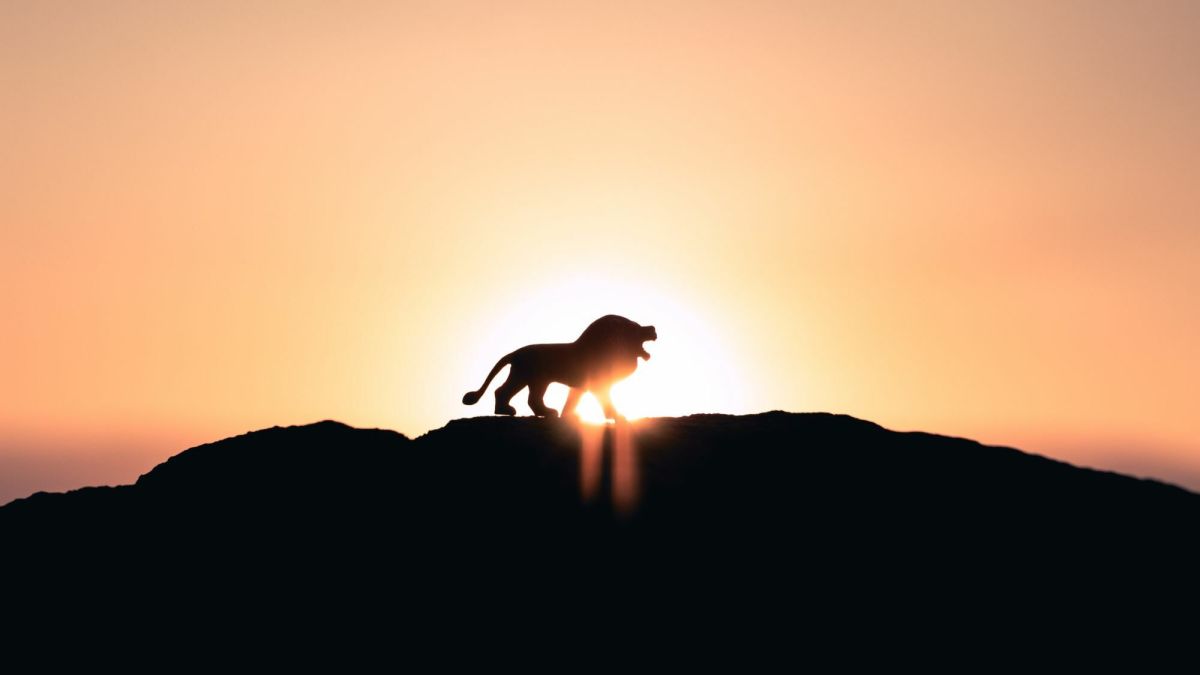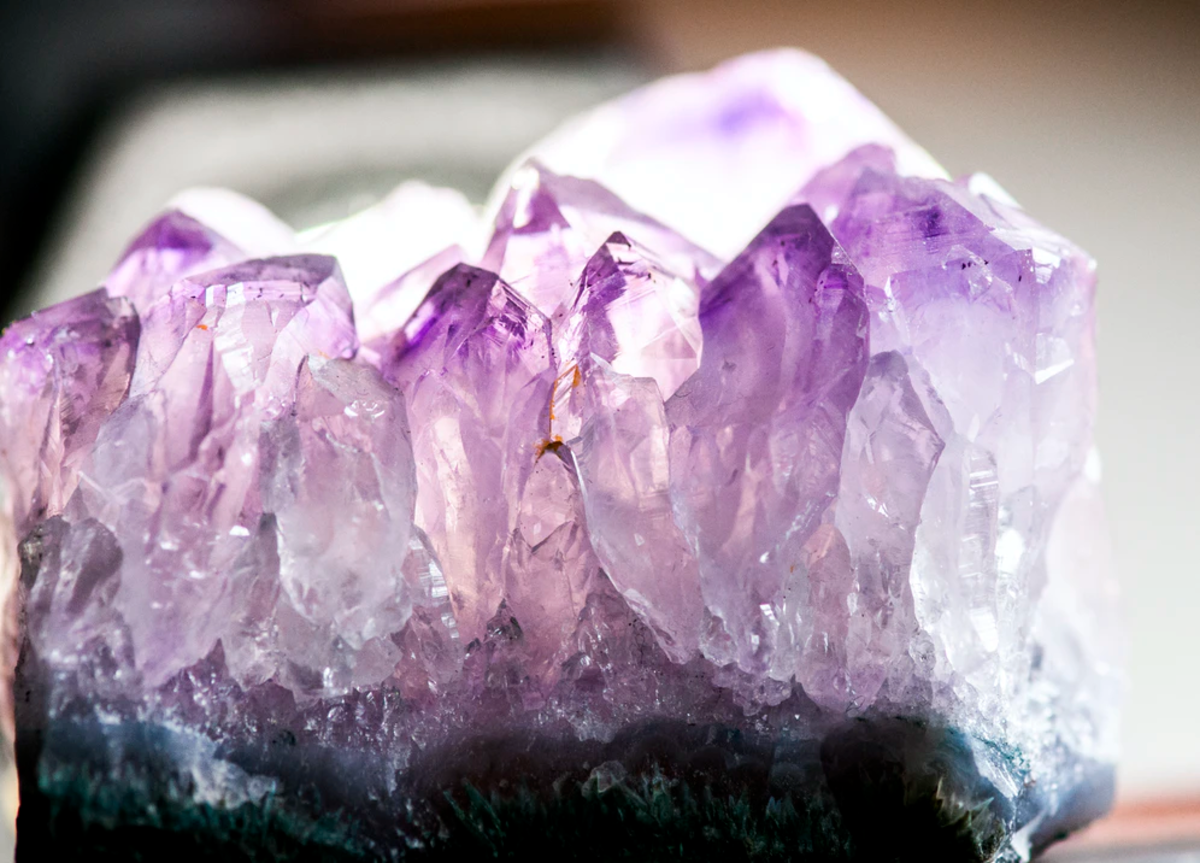How to Tell the Difference Between Coal and Jet
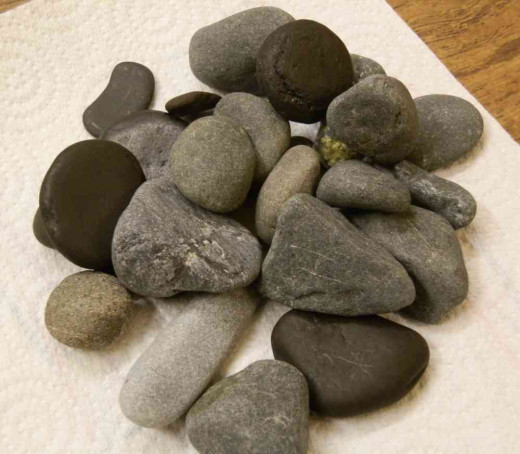
If you are a rockhound, searching the beach for pebbles, or perhaps out in the field somewhere picking up jet black stones, you may come across a weathered piece of stone that is completely black, even when dried.
Assuming you have realised it is a member of the carbon family, because you can write with it, how do you know what it is?
Is it a form of coal, which is a common form of fossilized wood used for burning, or jet, which is a semi-precious stone used by our ancestors for ornate or jewelry purposes?
Learn to tell the difference between coal and jet with a few simple tests that you can carry out at home.
First of all, check the weight of your stone against a similar-sized price of glass.
You do not need scales to do this.
The difference should be obvious.
Your coal or jet piece will be very much lighter than a piece of glass of a similar size.
How does it burn?
If you had planned on polishing, or even selling your stone, you will not want to set it on fire.
However, you will not cause any damage if you hold it up and hold a lit match or lighter flame underneath it.
The stone will not change color. Black soot is still black. You may be aware of the burning smell of tar.
This is a smell specific to jet more than coal.
Both smell of tar, however, if found as a beach pebble.
II you can break a piece of your coal/jet stone off, you can run a further burning test.
Do not do this if there is otherwise a strong suggestion that your piece of carbon is actually jet.
If it is jet:
- Set the piece you have broken off well alight. If it is jet it will burn with a greenish flame.
- Throw water over it, and it will erupt in a serious a sparks and crackles.
- Throw some oil over it and it will go out.
Jet can become attractive, like amber
If your black stone has passed all of the tests outlined so far to be jet and not coal, there is one final test you can try.
Amber was known to our ancestors as 'electron' because vigorously rubbing amber turned it attractive to other objects.
The word 'electricity' came from 'electron' which came from 'amber'.
Jet shows the same property.
Rub your black stone, the one you think might be jet, vigorously - preferably not on your sleeve as jet gives off carbon deposits.
Then hold it close to some torn up bits of paper.
If the paper rises up to meet the stone, you have jet.
What is coal?
Coal is partially decayed plant matter from a primeval swamp that existed 300 million years ago.
It is more fossil than rock, and is used for burning fires and for powering coal-burning electricity stations.
It is a bio-fuel that will one day we used up as it is non-replaceable.
- Coal has a specific gravity of between 0.83 and 1.52, depending on type.
- Coal has a hardness rating of 2.00 to 2.5, making it is very soft stone.
What is Jet?
Jet is fossilized and compressed wood, so like coal, not really a stone.
The term 'jet black' relates to jet because the blackness of jet black stones does not diminish when the stone is dried.
The term is commonly assigned to playwright William Shakespeare who used those words in his 'Dark Lady' sonnets.
Jet has a specific gravity of 21.3 to 1.34.
On the Mohs scale, Jet has a hardness of 2.5 to 4.00.
What is amber?
Amber is fossilized and compressed tree resin.
Again, it is not really a rock or stone, but is considered to be a semi-precious gemstone.
It is also known as resinite and can be found near to coal-seams.
Amber has specific gravity of 1.05 - 1.10.
On the Mohs scale, it has a hardness rating of between 2 and 3.
The color of amber is self-explanatory. It is a yellowish-orangy color and it only being noted here in this article about black stones because it shares some similarities with both coal and jet.
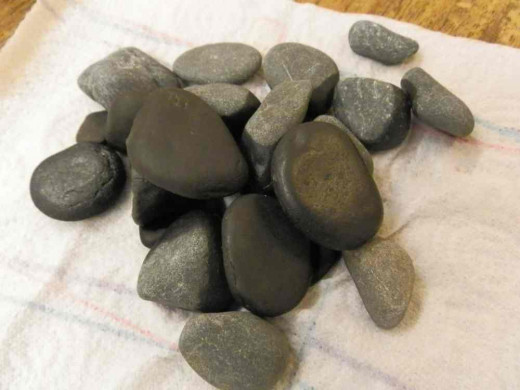
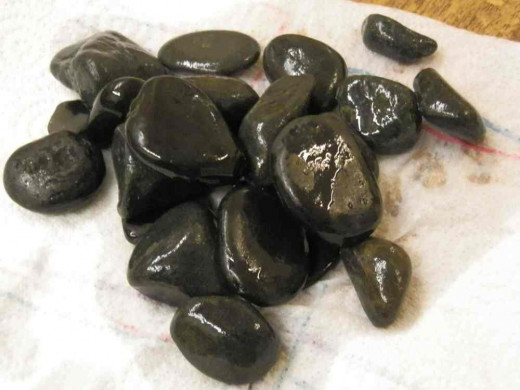
Black stones or pebbles
All back stones or pebbles look black when wet.
Sometimes we can find the most beautiful black stones while walking on the beach, or in the field after a rain shower.
Most black stones dry to gray, and then they lose their lustre, brilliance and general attractiveness.
Of course, we rockhounds don't let that put us off. We can tumble our stones in a rock tumbler, and polish them up so that they shine forever.
However, it is important for us to know how to tell the difference between coal and jet, considering the elevated value of the latter.
At today's prices, coal is rapidly catching up.
Both jet and coal can be fashioned into jewelry, but jet is somehow more special.
Magical Properties of Jet
Stretching back at least since 1400 B.C., jet has been used in burial mounds as a sign of mourning. Jet is the symbol of grief, and why we associate the wearing of black with funerals.
It is a widely-held belief that wearing jet helps us cope with grief and the loss of loved ones.
Our medieval ancestors believed that the burning of jet cured fevers and ailments and made us better.
Ancient Greeks and Pueblo Indians believed jet helped us in the afterlife while placating the Gods.
Now we understand the importance of being able to tell the difference between coal and jet.
One will burn forever while the other will save us from eternal fires.



